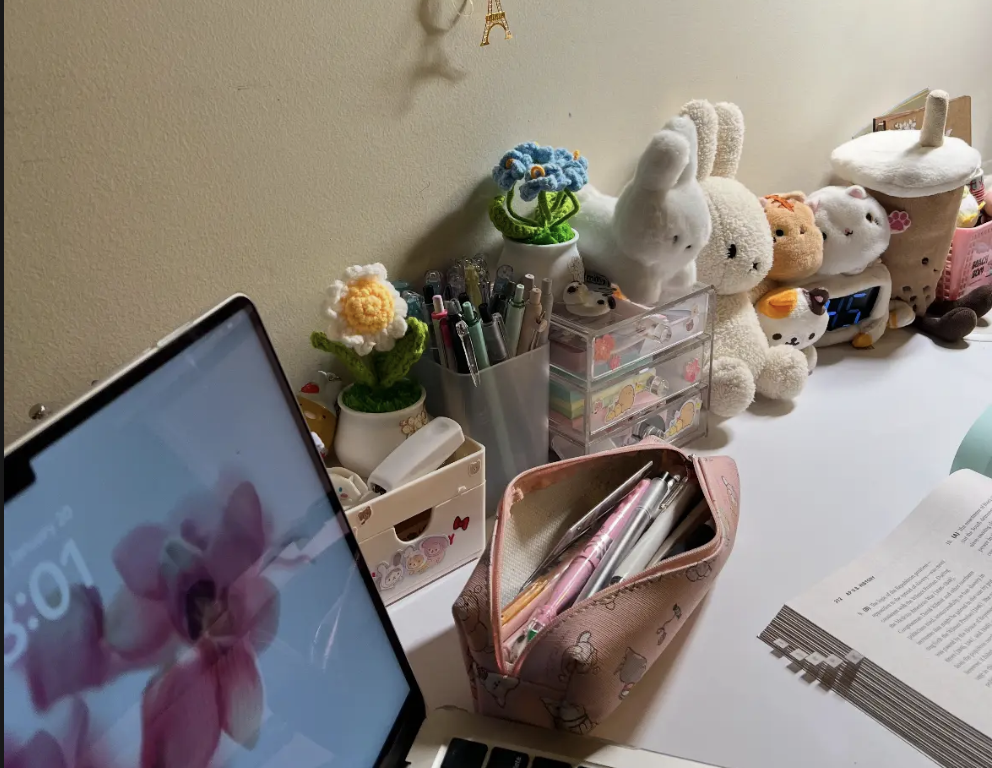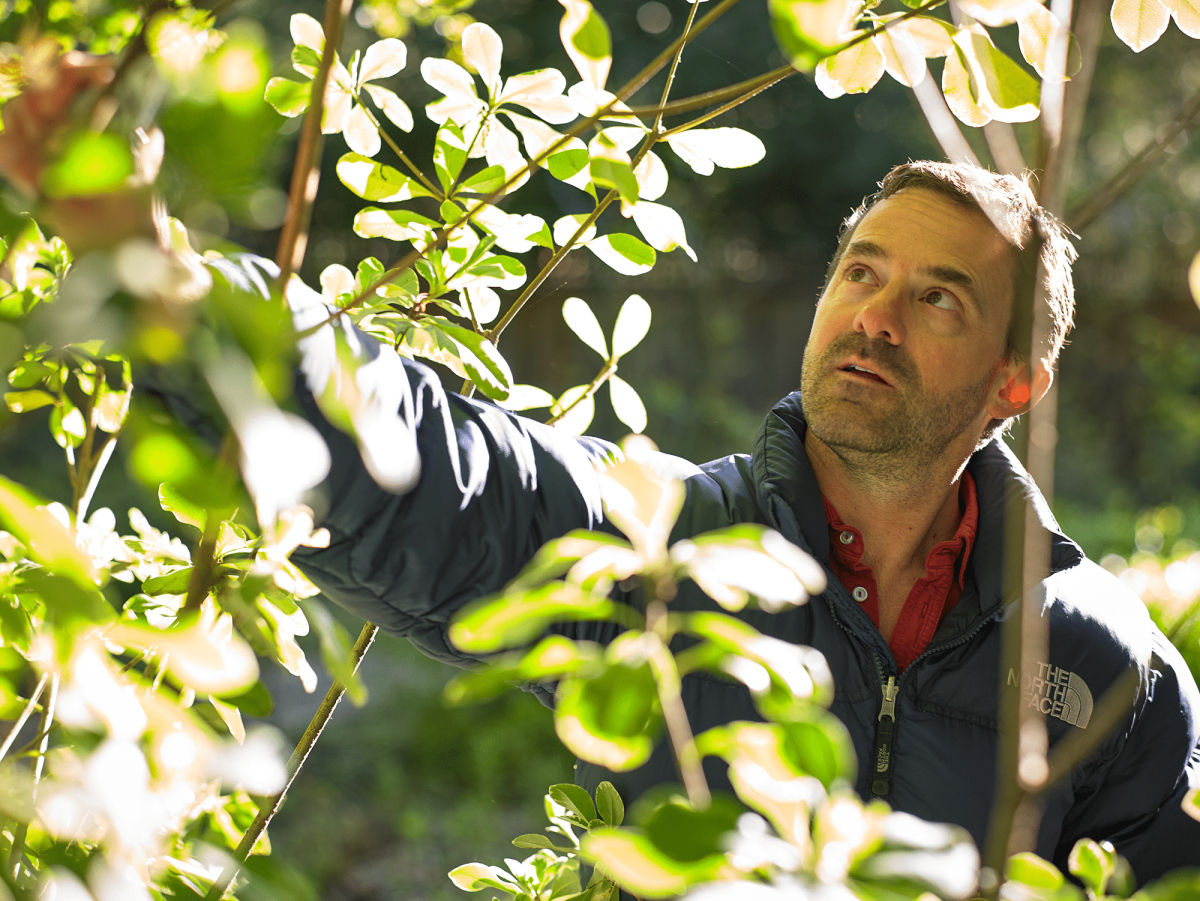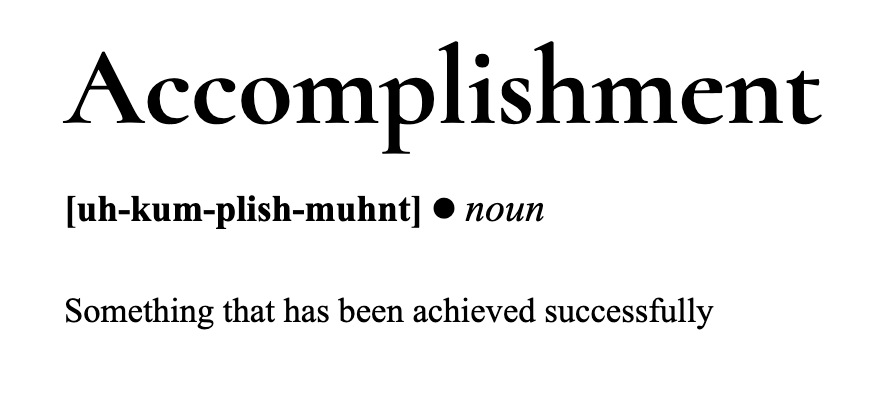Clad in his protective gear, sophomore Eric Pei stepped up in front of his opponent at a Milwaukee fencing tournament on Oct. 11. They saluted each other and the referee shouted “En-garde!” Pei put on his mask and tensed up, ready to strike his opponent. “Begin!” Pei lunged forward. It was Pei’s first thrust into a tournament he eventually finished first place in.
Pei first started fencing at age 8, but now competes at the national level. He had a family friend who also fenced, which sparked his interest.
“After I saw my family friend fence, I wanted to get into it since it looked fun,” Pei said.
These days, Pei spends 11 hours a week practicing his fencing skills. He trains at Halberstadt Fencing Club in San Francisco, where he does conditioning and practices against other fencers.
Because of his commitment to the sport, he has learned to manage his time between fencing and schoolwork.
“I try to work efficiently and try not to procrastinate too much,” Pei said. “I go fencing and after I come home at around 7 or 8 o’clock, I immediately do homework while eating in order to maximize my time.”
Out of the three possible weapons — foil, sabre and épée — Pei specializes in the sabre. In terms of size, the sabre is slightly less than 3 feet long, which is shorter than the épée and longer than the foil.
In sabre matches, anything above the waist is a valid strike and a point is awarded. After each point, the fencers return back to their sides and the referee will tell them to begin. This procedure is repeated until one of the fencers reaches the required number of points (usually 1, 5, or 15) or until time runs out. The matches in tournaments are based on the player’s rank from other tournaments.
When using a sabre, players can score with its edge instead of thrusting with the tip. As a result, Pei focuses on speed.
When he was 9, his coach told Pei that he was ready for the national level. Pei was happy yet uncertain about this decision.
“I felt excited, [but] I wasn’t exactly sure,” Pei said, “I took my coach’s advice and went to the tournaments.”
After a few tournaments, Pei gained confidence and wanted to continue fencing competitively.
Recently, Pei has gone to around eight or 10 tournaments each year. On Sept. 9, Pei participated in his first international tournament in Konin, Poland. He received an invitation because he is in the top 20 in his age group.
“I used to think of going into the international level as a dream,” Pei said. “I felt accomplished and excited that I could go to Europe and compete.”
The Konin tournament was a smaller tournament with only around 100 participants, but Pei had to qualify in order to participate. Pei was excited to be there playing against people from other countries.
At the end of the tournament, Pei finished in 34th place. He lost his last match by only two points.
“If I changed one small tactic, I probably could have gotten top 16 or top eight,” Pei said.
Fencing has changed Pei’s lifestyle in various ways. He has learned skills from fencing that can be used in his daily life.
“[Fencing] has helped me work under pressure better,” Pei said. “It keeps me calmer in those situations.”
Pei has thought about competing at the Olympic level, but he does not want it to be his priority. Regardless, he will continue to fence.
“Fencing has been an amazing experience for me,” Pei said.




























